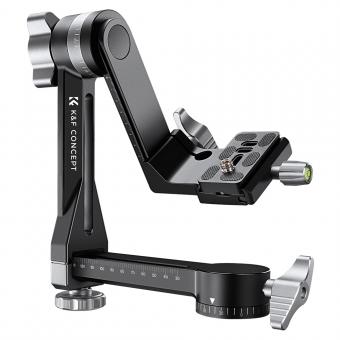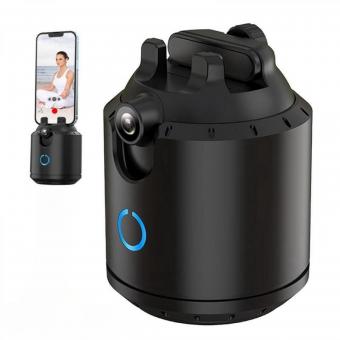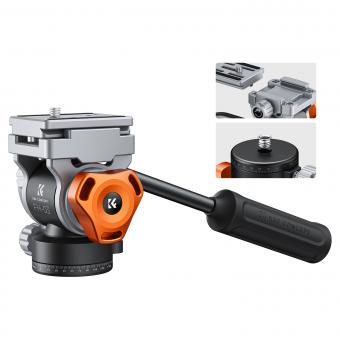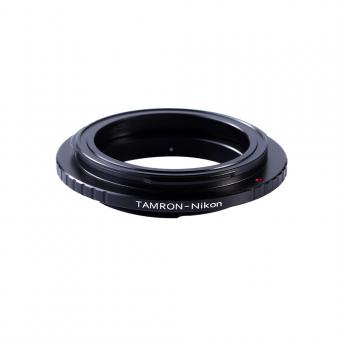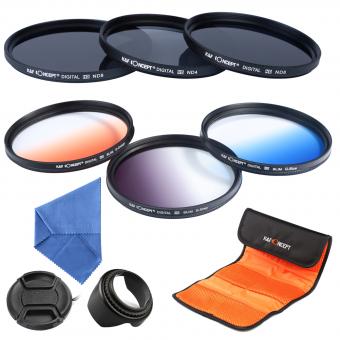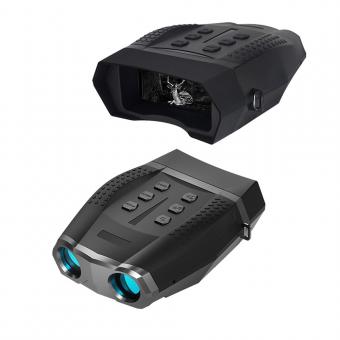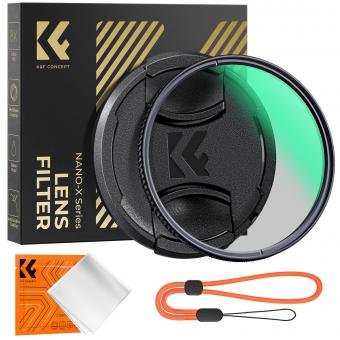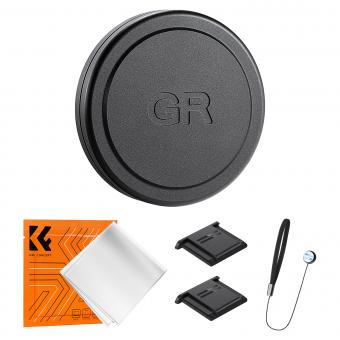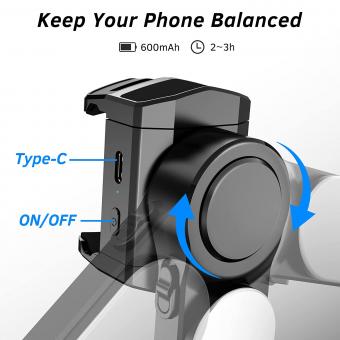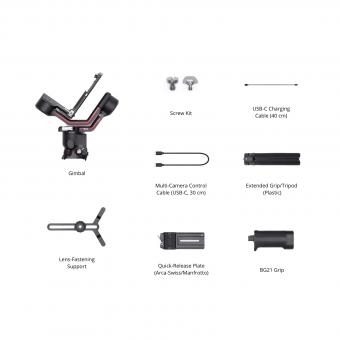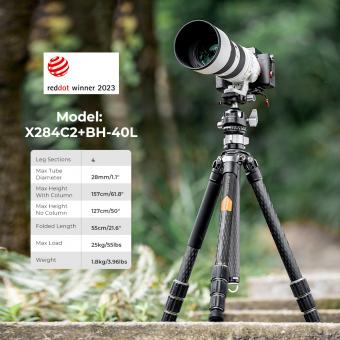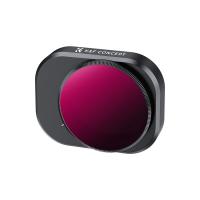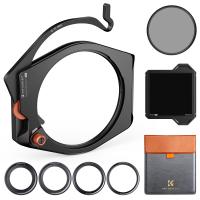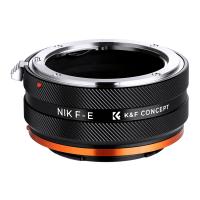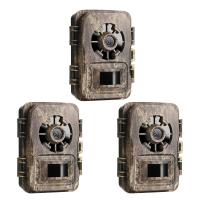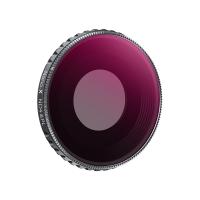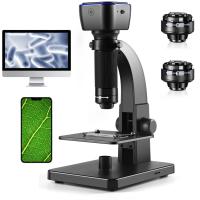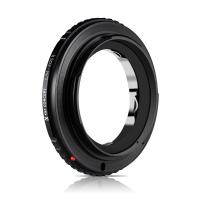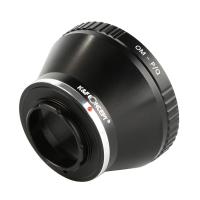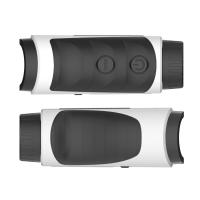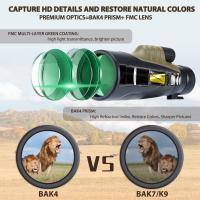What Is Gimbal Stabilizer ?
A gimbal stabilizer is a device used to stabilize and control the movement of a camera or other imaging equipment. It consists of a pivoted support that allows the camera to rotate freely in multiple axes while maintaining stability. The gimbal stabilizer uses motors and sensors to detect and counteract any unwanted movements or vibrations, ensuring smooth and steady footage. This technology is commonly used in filmmaking, photography, and videography to capture professional-looking shots with reduced shakiness and improved image quality.
1、 Definition and Function of Gimbal Stabilizer
A gimbal stabilizer is a device used in photography and videography to reduce camera shake and ensure smooth, steady footage. It consists of a pivoted support system that allows the camera to rotate on multiple axes while remaining balanced. This technology has revolutionized the way professionals and enthusiasts capture high-quality images and videos.
The primary function of a gimbal stabilizer is to counteract any unwanted movement or vibrations that can occur while shooting handheld or in motion. It uses motors and sensors to detect and compensate for these movements, resulting in incredibly stable footage. By keeping the camera level and steady, a gimbal stabilizer eliminates the need for tripods or other bulky stabilization equipment.
Gimbal stabilizers are commonly used in a variety of applications, including filmmaking, sports videography, travel vlogging, and even live streaming. They are compatible with various camera types, from smartphones and action cameras to DSLRs and professional cinema cameras.
In recent years, gimbal stabilizers have become more compact, lightweight, and user-friendly. Many models now offer advanced features such as follow focus, time-lapse, and object tracking. Some even integrate with smartphone apps, allowing users to control the stabilizer remotely and access additional settings.
The popularity of gimbal stabilizers has grown rapidly due to their ability to produce professional-looking footage without the need for extensive post-production stabilization. They have become an essential tool for content creators, enabling them to capture smooth, cinematic shots with ease.
In conclusion, a gimbal stabilizer is a versatile device that provides stability and smoothness to camera movements. It has revolutionized the way videos and photos are captured, allowing for professional-quality results without the need for extensive equipment or post-production editing.
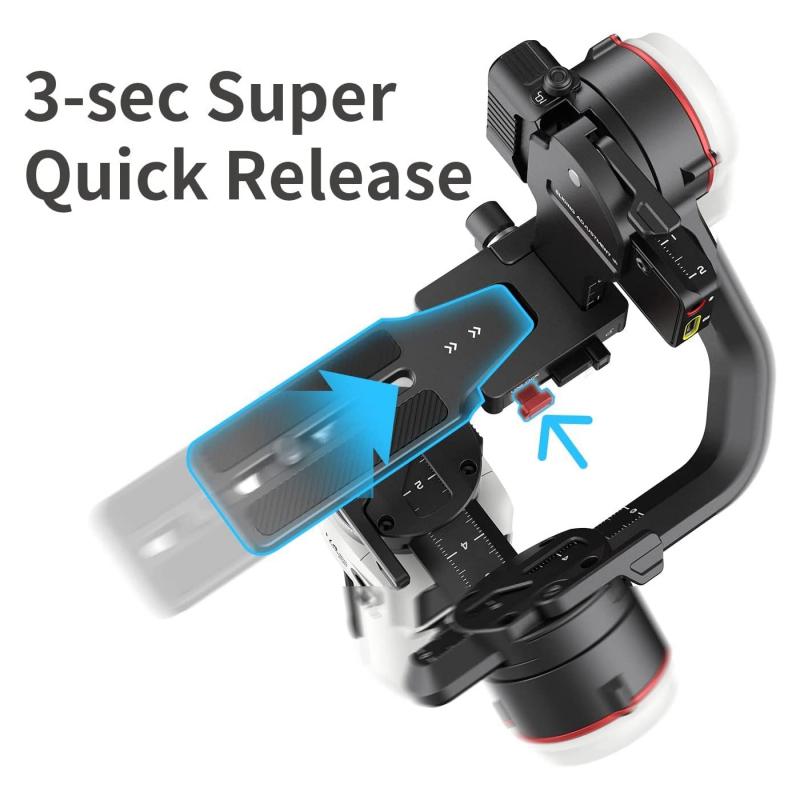
2、 Types of Gimbal Stabilizers
A gimbal stabilizer is a device used in photography and videography to keep the camera steady and eliminate unwanted movements or vibrations. It consists of a pivoted support that allows the camera to rotate on its axis while maintaining stability. The gimbal stabilizer uses motors and sensors to detect and counteract any movements, ensuring smooth and steady footage.
Gimbal stabilizers have become increasingly popular in recent years due to the rise of handheld and mobile filmmaking. They provide a professional level of stabilization that was previously only achievable with bulky and expensive equipment. With a gimbal stabilizer, filmmakers can capture smooth tracking shots, pans, and even dynamic movements like running or jumping without any noticeable camera shake.
There are various types of gimbal stabilizers available in the market. The most common type is the handheld gimbal, which is designed to be held by hand and used with lightweight cameras or smartphones. These gimbals are compact, portable, and easy to use, making them ideal for on-the-go shooting.
Another type is the wearable gimbal, which is designed to be worn on the body or attached to a helmet or other gear. These gimbals are popular among action sports enthusiasts and adventure filmmakers who want to capture immersive and stabilized footage while being hands-free.
There are also larger gimbal stabilizers, known as camera stabilizers or steadicams, which are used with professional cinema cameras. These gimbals are typically used with a vest and arm system to distribute the weight of the camera and provide additional stability.
In recent years, there has been a rise in smartphone gimbal stabilizers, as smartphone cameras have become increasingly capable of capturing high-quality video. These gimbals are specifically designed to accommodate smartphones and offer features like object tracking, time-lapse, and various shooting modes.
Overall, gimbal stabilizers have revolutionized the way filmmakers and photographers capture footage, providing smooth and professional-looking results. With advancements in technology, we can expect to see even more innovative features and improvements in gimbal stabilizers in the future.
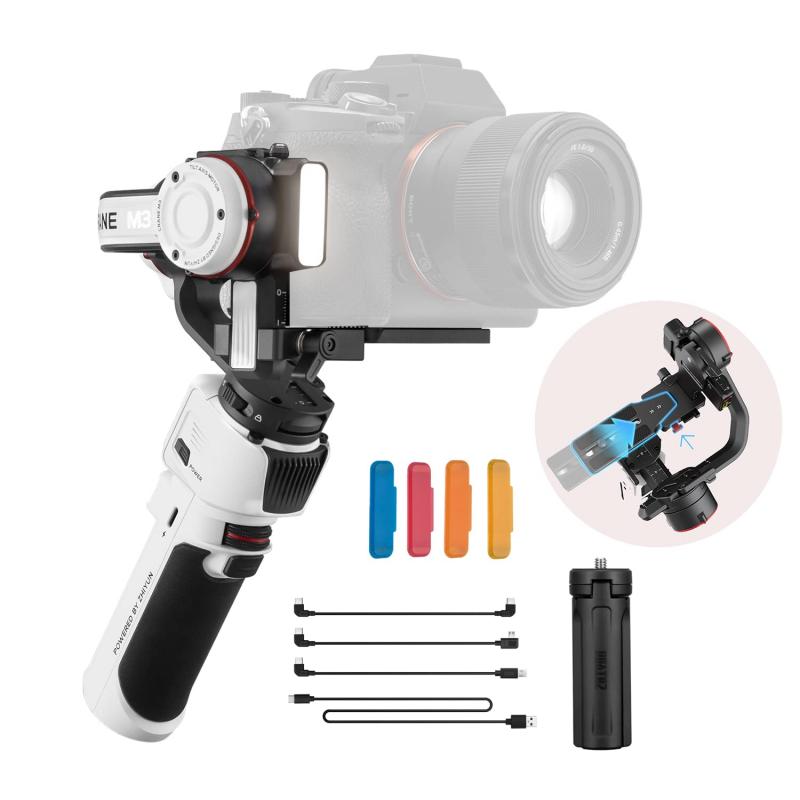
3、 How Gimbal Stabilizers Work
A gimbal stabilizer is a device used to stabilize and control the movement of a camera or other imaging equipment. It consists of a set of motors and sensors that work together to counteract any unwanted motion or shake, resulting in smooth and steady footage.
The primary function of a gimbal stabilizer is to keep the camera level and balanced, regardless of the movements of the operator. It achieves this by using three axes of rotation: pitch, roll, and yaw. The motors in the gimbal detect any tilt, rotation, or sideways movement and make rapid adjustments to counteract them. This allows the camera to remain steady even when the operator is walking, running, or in a moving vehicle.
Gimbal stabilizers typically use gyroscopic sensors to detect the camera's movements and calculate the necessary adjustments. These sensors provide real-time data to the motors, which then make precise and quick movements to keep the camera stable. Some advanced gimbal stabilizers also incorporate additional features like object tracking, time-lapse modes, and remote control capabilities.
In recent years, there have been significant advancements in gimbal stabilizer technology. The introduction of brushless motors has made gimbals more efficient, quieter, and capable of handling heavier camera setups. Additionally, the integration of artificial intelligence and machine learning algorithms has improved the overall performance and stability of gimbal stabilizers.
Overall, gimbal stabilizers have revolutionized the way filmmakers and videographers capture footage. They have made it possible to achieve professional-level stabilization without the need for bulky and expensive equipment. With the continuous advancements in technology, gimbal stabilizers are becoming more accessible and versatile, allowing creators to push the boundaries of their creativity.

4、 Advantages and Benefits of Using Gimbal Stabilizers
A gimbal stabilizer is a device used to stabilize and control the movement of a camera or other imaging equipment. It consists of a pivoted support that allows the camera to rotate on its axis, providing smooth and steady footage even in the presence of external motion or vibrations.
The advantages and benefits of using gimbal stabilizers are numerous. Firstly, they eliminate shaky footage, resulting in professional-looking videos. Whether you are shooting a film, documentary, or even capturing moments for personal use, a gimbal stabilizer ensures that your footage is smooth and free from unwanted movements. This is particularly important when shooting action scenes or in situations where the camera is handheld.
Secondly, gimbal stabilizers allow for creative and dynamic shots. With the ability to pan, tilt, and roll the camera smoothly, filmmakers can achieve unique angles and perspectives that add depth and interest to their shots. This versatility opens up a world of possibilities for storytelling and visual expression.
Furthermore, gimbal stabilizers are compact and portable, making them ideal for on-the-go shooting. They are lightweight and easy to set up, allowing filmmakers to capture steady footage in various environments and conditions. Additionally, many gimbal stabilizers offer features such as follow focus and time-lapse capabilities, further enhancing their functionality and convenience.
In recent years, gimbal stabilizers have become increasingly popular due to advancements in technology and affordability. With the rise of social media and content creation, more and more individuals are using gimbal stabilizers to elevate the quality of their videos and stand out in a crowded digital landscape.
In conclusion, gimbal stabilizers are essential tools for filmmakers and videographers, offering the advantages of stability, creativity, portability, and convenience. They have revolutionized the way videos are captured, allowing for smoother and more professional-looking footage. As technology continues to evolve, we can expect further improvements and innovations in gimbal stabilizers, making them even more indispensable in the world of visual storytelling.



